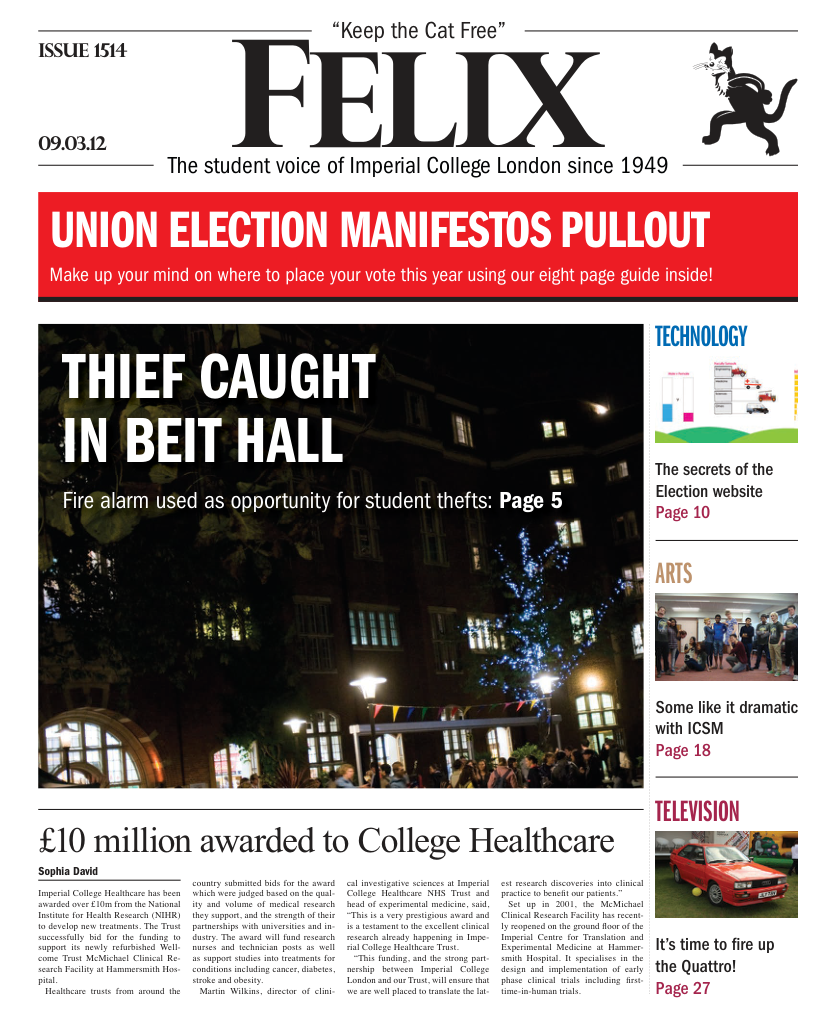¿No Pablo Inglés?
Tate Britain examines the relationship between modern British art and Picasso

I remember being mesmerised when seeing Picasso’s ‘Guernica’ for the first time in Madrid; the same happened to the millions of Brits who were able to see the imposing painting when it wasfirst exhibited in England. It must be said that it did take them the odd 30 years to actually start appreciating Picasso’s art.
I found it hard to understand how this could have been the case when I walked into the first room of the exhibition. It contained a variety of Picasso’s stunning paintings and prints, those that were first exhibited in London between 1910 and 1914, and at the time widely rejected and negatively criticised. Particularly breathtaking is his etching ‘The frugal meal’, which was the first of his works to enter a public British collection. The exhibition then continues with an impressive number of Picasso’s works, which reached England during different periods of the XX Century.
(Picasso)...an ever developing, experimental modernist
Although laid out chronologically, the collection displays such a variety of styles that as I left, slightly overwhelmed, the Tate Britain, I could not help but agree with Geoffrey Grigson’s description of Picasso as “Belonging to all movements, yet outside them all (…)”. Ranging from expressionism, cross hatching and papiers colle (collages), neo-classicism, cubism with its typical elements (the guitar, jugs and lemons) to purely abstract art with bonelike forms, it is impossible to classify Picasso as anything other than an ever developing, experimental modernist.
Without a doubt, what I most appreciated from the exhibition was the opportunity to see so many of Picasso’s works collected in the same space, which I was able to fully appreciate with the help of the detailed descriptions and explanations provided for every painting. Amongst the highlights are a hypnotizing ‘Head of a woman’, the intense ‘Nude, Green leaves and Bust’ (in which one of Picasso’s numerous lovers is represented) the ‘Nude woman in Red Armchair’ (used to publicize the exhibit) and finally ‘The three dancers’ which retains all of its glory for the final room. Sadly, the ‘Guernica’ was left in Madrid but a couple of stunning preparatory sketches and studies for it are displayed.
As promised by the second part of the exhibition’s name, you are not going to be visiting a purely chronological display of those of Picasso’s pictures that were particularly admired or hated by the British; you will also explore how his art inspired and influenced seven great British modern artists. Although interesting I sometimes found the comparisons between Picasso’s work and that of Grant, Lewis, Nicholson, Moore, Bacon, Sutherland and Hockney a bit forced and far fetched. Still, the rooms that contain British art, which are interspersed with those displaying that of the Spaniard, are enjoyable and provide a brief introduction to British modernism, for the sake of anyone who finds it a foreign concept.
In 1960, The Times said about the Tate Picasso exhibition that the “Curiosity aroused by the magic name of Picasso appeared to be the chief attraction”. Such was the case for me, and the art definitely did not let me down.
Picasso and Modern British Art: at Tate Britain until 15 July. Tickets from £14.








